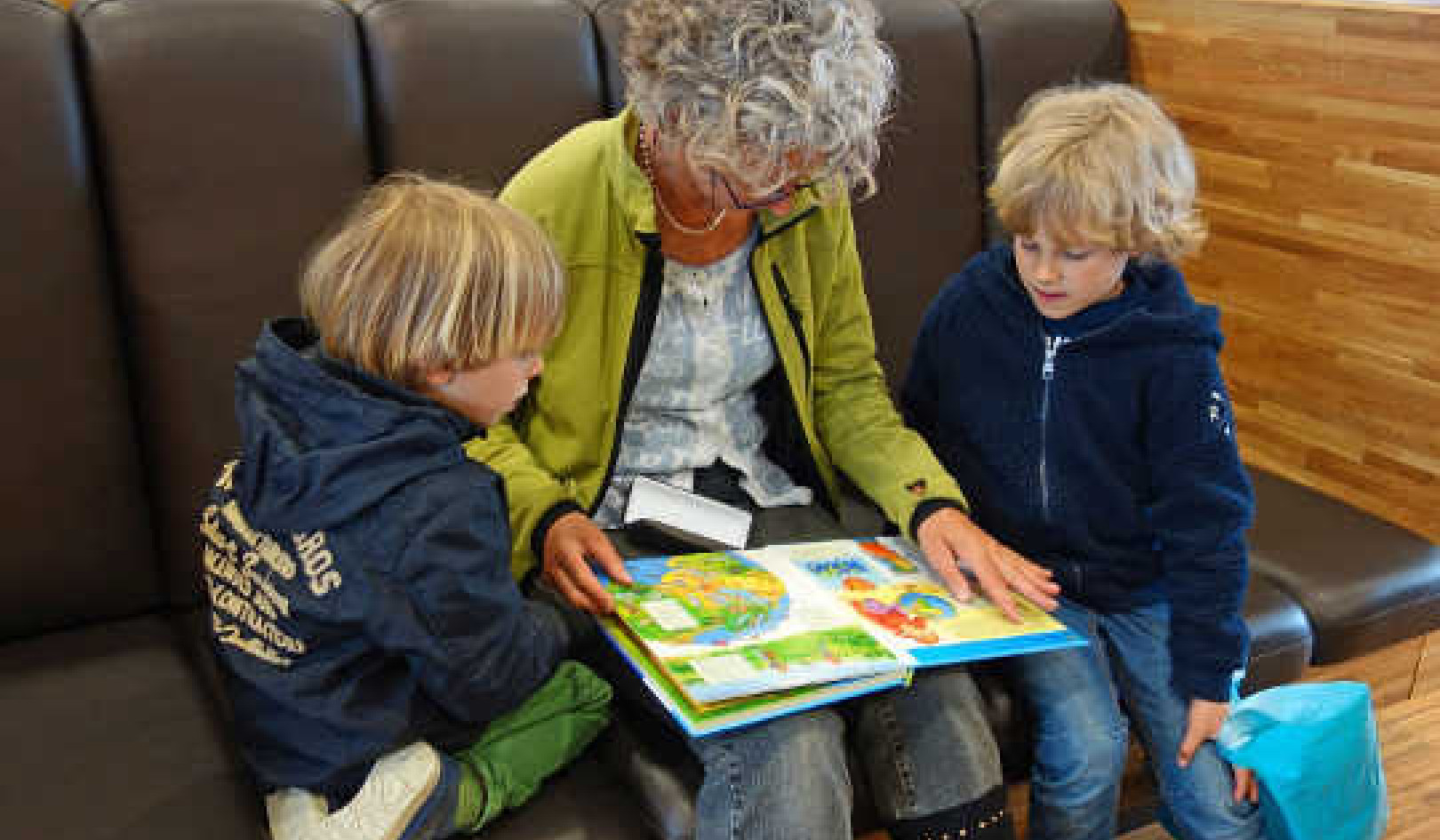
Have you been thinking about money lately? Wondering where to find more? Thinking you could do a better job of managing the dollars you have? If so, you are in good company.
Between figuring out how to pay for bills that added up over December holidays, wishing for warmth or a vacation and looking at the beginning of tax season, this is a time of year when people are often prompted to take a closer look at their finances.
Canadians and money
Yet the picture we see when we look closer isn’t always good. Canadian households are holding record levels of debt, and savings rates continue to be low.
With less than 40 per cent of paid workers covered by a registered pension plan, saving for retirement is a critical challenge for many families.
Surveys show large portions of the population in Canada report they are financially stressed, and that this stress ripples out and negatively affects other aspects of their lives.
As a researcher in family economic health, colleagues and I have been researching the financial challenges and opportunities for Canadian adults in mid-life.
Our research shows that the more money family caregivers need to spend on the care needs of others, the worse their own personal financial, social and health outcomes are. It also points to the need to consider our own care needs as well as our families’ when we plan our financial futures.
The financial crisis of 2008-09 sparked increased interest in financial literacy worldwide. In Canada, the Task Force on Financial Literacy defined financial literacy as having the knowledge, skills and confidence to make responsible financial decisions.
Following on the work of the task force, the Financial Consumer Agency of Canada consulted widely and developed a national strategy for financial literacy.
Now researchers are moving beyond the idea of financial literacy, which tends to focus on what we know about finances, to thinking about financial well-being or financial health — the outcome we want to achieve.
What is financial well-being?
An international authority on consumer finances, Elaine Kempson, defines financial well-being as the capacity to meet one’s current obligations comfortably and the resilience to maintain this capacity in the future.
That’s challenging for many reasons. We have to make decisions for today that are going to help us in a future with a lot of unknowns.
 Children can be brought into financial discussions in age-appropriate ways. (Shutterstock)
Children can be brought into financial discussions in age-appropriate ways. (Shutterstock)
It isn’t just financial knowledge that matters, but also what we are able to do with that knowledge in our economic and social environments.
Further, as research in behavioural economics is showing, our brains can get in the way. We think we are making perfectly rational, logical decisions when we aren’t.
Technological innovation in financial services (“fintech”) can be difficult to keep pace with and understand.
And, although there are lots of resources, it can be difficult to figure out which are appropriate for our own situation.
So if you’ve been finding it difficult to get control of your money and make the changes you want to make to improve your financial well-being, there are some good reasons it might be challenging.
While some people respond to a challenge by digging right in, others prefer to look the other way and hope it will all work out in the end.
However, when it comes to money, looking the other way can result in big problems — or at the very least, missed opportunities.
Tips for increasing financial well-being
Whether you feel overwhelmed by your finances and don’t know where to start, or you think things are pretty good but you’d like to make them better, it’s never too late to make a change.
Here are some tips and techniques to start improving financial well-being.
1. Spend less than you earn
Think about three big categories of money: spending for today, saving for the future and giving to the causes and organizations that matter to you and your family. When we spend less than we earn, we create the space to save and to give to others. Note: spending includes debt repayment!
2. Do the math
No one tool is best, but most of us could use a little help in making a budget, revising it as needed and tracking spending. Use what works for you, whether that’s a spreadsheet, an app, financial software or a pencil and paper. The best tools are the ones you use. The Financial Consumer Agency of Canada has some great information on budgeting and many other aspects of finances.
3. If possible, don’t do it alone
If you have a spouse or partner, work to be sure you are on the same page with financial decisions. Financial stress can be a significant source of tension in relationships. If you’re single, could you have a low-budget finance date or breakfast with a friend to compare notes?
And if you have kids, bring them into money conversations in age-appropriate ways. Research is showing parents can be important, positive financial role models for their children.
4. Save off the top
Arrange to have a set amount come out of your chequing account and go into a savings account each payday. Revise the amount as your pay changes over time. Aim to have three to six months worth of expenses in savings to cover emergencies. Investigate tax-free savings accounts (TFSAs) and registered retirement savings plans (RRSPs) for longer-term financial goals.
5. File that tax return
Even if you don’t owe taxes, file that return!
Filing is the only way to get refundable tax credits like the GST/HST refund. Federal and provincial governments use the income on tax returns to establish eligibility for benefits and supports like the Canada Child Benefit.
Even if you don’t get a sunshine getaway this year, if you’re responsible and proactive right now, a piece of that serenity will be within reach through your ongoing wellness — and the occasional well-planned splurge.![]()
About The Author
Karen Duncan, Associate Professor, Department of Community Health Sciences, University of Manitoba
This article is republished from The Conversation under a Creative Commons license. Read the original article.
Related Books
at InnerSelf Market and Amazon

























